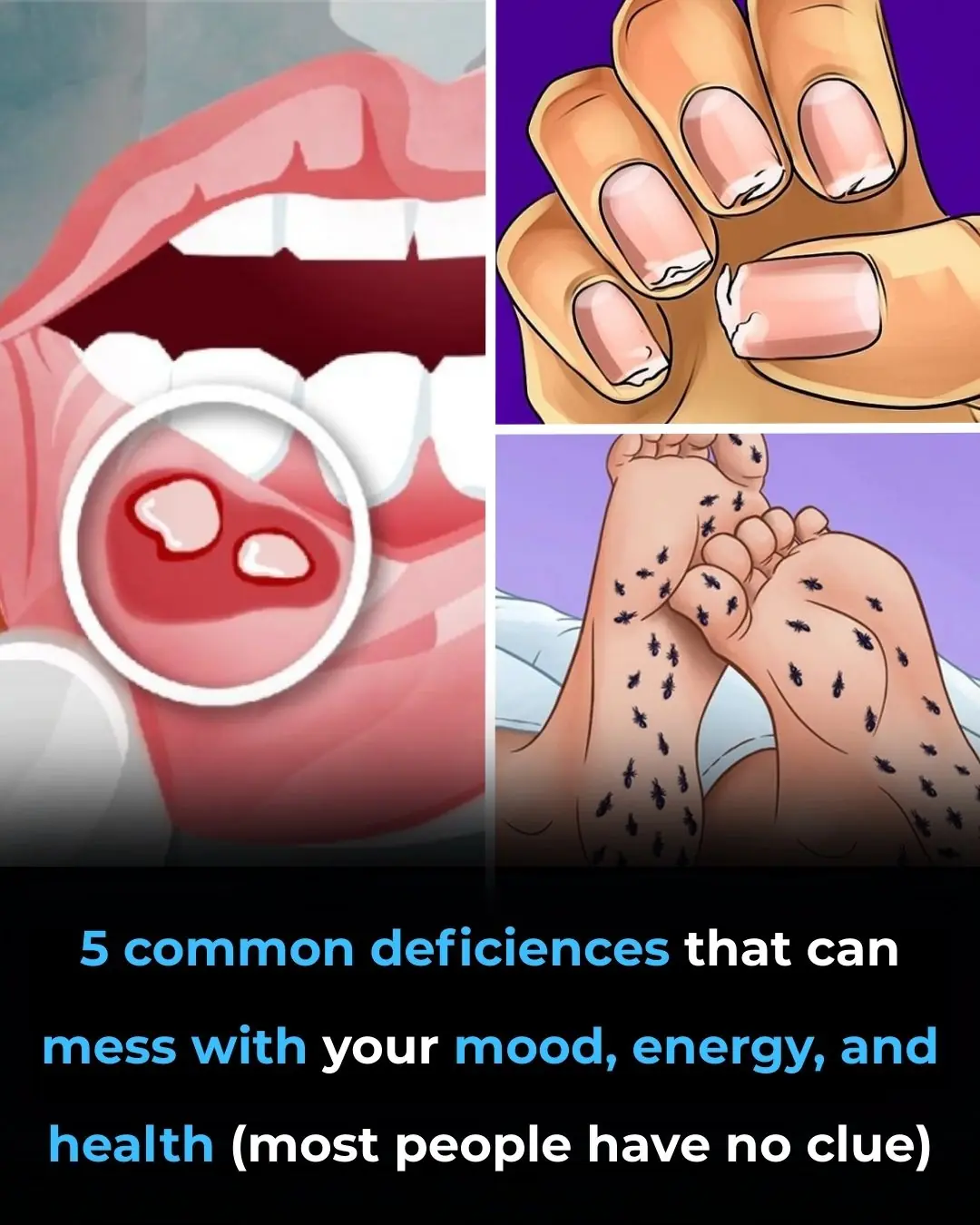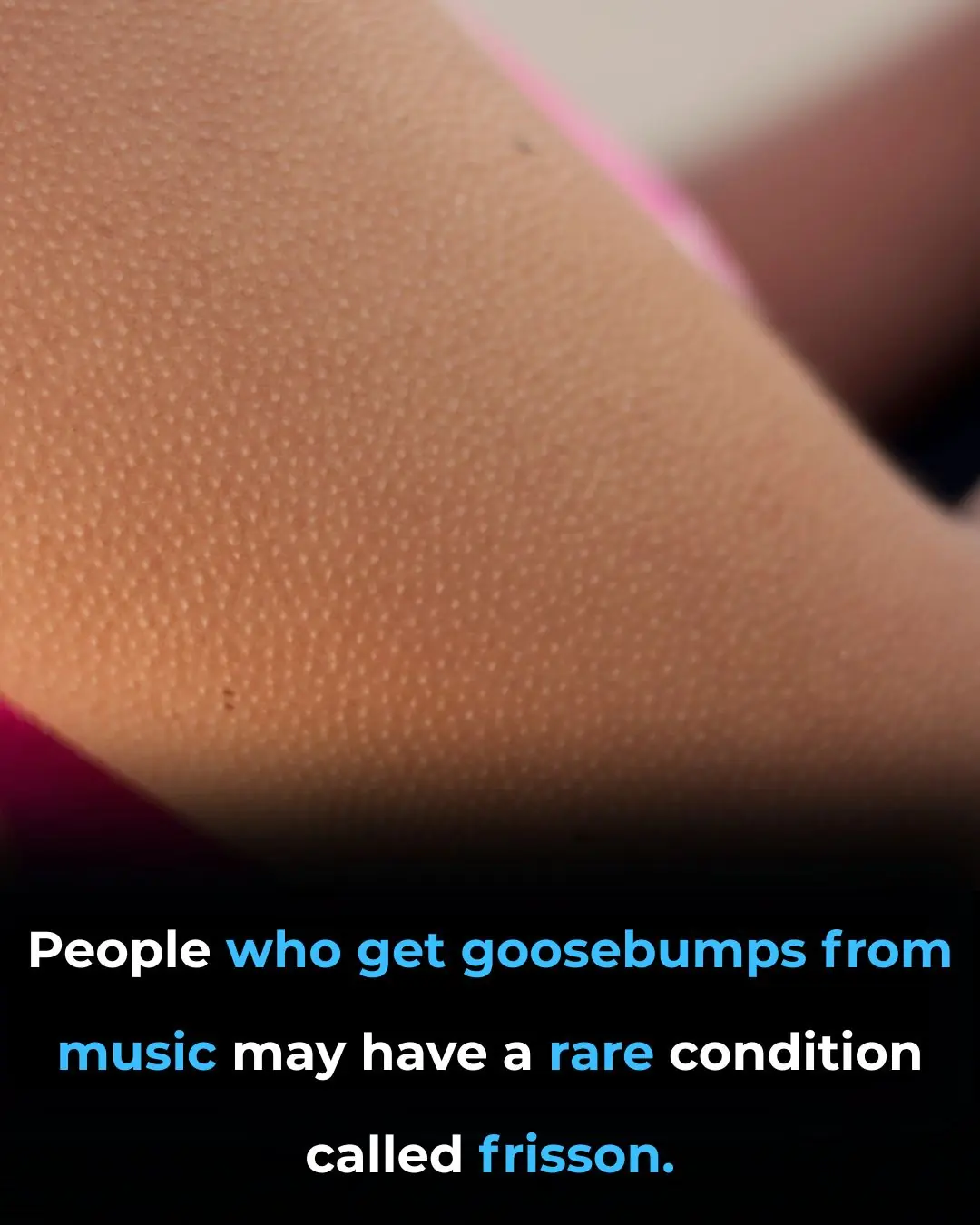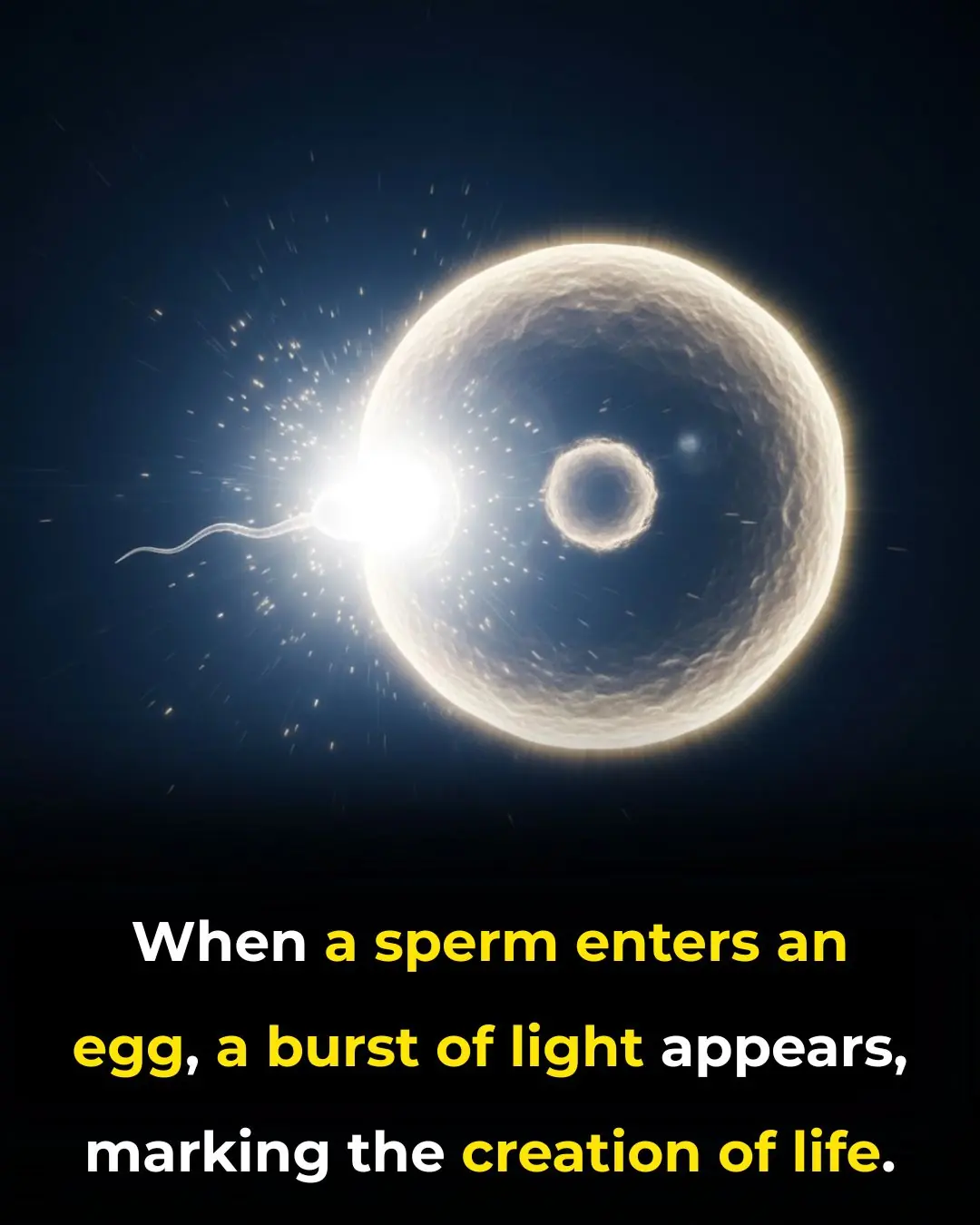
Headache Above or Behind the Left Eye: Causes and Treatments
Experiencing a headache above or behind the left eye can significantly disrupt your daily routine. What may begin as a mild, dull ache can gradually intensify into sharp, stabbing pain that makes even simple tasks feel overwhelming. When the discomfort spreads across the forehead above the left eye, many people also report a heavy pressure in the head, making it difficult to focus, concentrate, or stay productive.
Certain types of headaches that affect just the left side of the head often come with additional symptoms. Along with throbbing pain, you may notice visual disturbances such as flashing lights, increased sensitivity to light, nausea, or even congestion if blocked sinuses are contributing to the one-sided pain. While these symptoms vary from person to person, they can make the headache far more distressing and harder to ignore.
For most individuals, headaches behind or above the left eye that come and go can be managed using simple home remedies. Applying a cold pack, gently massaging the left temple, reducing stress, or getting sufficient rest often brings quick relief. However, in more persistent or unusual cases—especially when the pain does not respond to natural remedies or occurs alongside concerning symptoms—it is important to seek medical attention to rule out any underlying issues.
This article takes a closer look at the most common reasons headaches may occur behind the left eye or across the left forehead, explains why these headaches develop, and highlights symptoms to watch for.
What Are Headaches Behind or Above the Left Eye?
A headache can refer to any type of pain occurring within the head or upper neck area. This pain may affect one side of the head, both sides, or shift from one area to another. According to medical experts, pain on the left or right side often stems from irritation or inflammation of nerves, tissues, or muscles surrounding the eye, sinuses, or ears.
Dr. Benjamin Wedro from MedicineNet explains that headaches fall into three broad categories:
-
Primary headaches, including migraines and cluster headaches, which often produce pain behind just one eye.
-
Secondary headaches, triggered by an underlying condition such as an infection or injury—for example, a blocked sinus can create pressure above or below the left eye.
-
Cranial neuralgia headaches, which result from irritated or inflamed nerves and frequently cause sharp, one-sided facial pain.
Understanding which category your headache belongs to can help you seek appropriate treatment and manage symptoms more effectively.
Symptoms of Headaches Above or Behind the Left Eye
In addition to dull or pulsating pain behind the left eye, one-sided headaches may cause a range of other sensations. These may include squeezing pressure, intermittent stabbing pains, or discomfort that spreads across the face and head. When migraines are involved, nausea and vomiting are also common.
Some people experience these headaches after physical exertion or when overly tired, while others may be struck by sudden, intense pain without warning. Headaches can also become chronic, occurring frequently and varying in severity—from mild tension to debilitating throbbing in the affected area.
Main Causes of Headaches Above or Behind the Left Eye
Below are some of the most common conditions that trigger pain in the left eye region.
1. Tension Headaches
Tension headaches are the most common cause of pain localized to one side of the head. Often beginning at the back of the head, the pain may radiate toward the temples and settle above the left eye.
Stress—whether physical or emotional—is usually the main culprit. It can lead to muscle spasms in the scalp and neck, which create a tight, pressing sensation. Although tension headaches are usually not severe enough to stop daily activities, they can be persistent and distracting.
2. Migraines
Migraines frequently cause intense throbbing behind the left eye and typically affect only one side at a time. Beyond pain, they may bring visual disturbances (auras), numbness, sensitivity to light or smells, and digestive issues.
Common triggers include:
-
Stress
-
Irregular sleep
-
Certain foods or drinks (e.g., red wine)
-
Hormonal fluctuations
-
Strong odors
A subtype known as ocular migraines may even cause temporary vision loss in one eye, making them particularly alarming.
3. Cluster Headaches
Cluster headaches produce sudden, severe pain behind one eye—often described as burning or piercing. They occur in cycles, appearing several times a day for weeks or months before disappearing for long periods.
People experiencing cluster headaches may also notice:
-
Drooping of the eyelid
-
Tearing or redness in the eye
-
Runny nose on the affected side
These symptoms make cluster headaches one of the most intense and disruptive headache types.
4. Exertion Headaches
Strenuous activity—whether exercising, coughing, or even straining during bowel movements—can trigger exertional headaches. These typically appear suddenly, often behind the eyes or at the back of the head, and usually last around 20 minutes.
5. Sinus Infection (Sinusitis)
Blocked or infected sinuses on the left side can lead to pressure buildup around the eye, forehead, and cheek. Symptoms often include nasal congestion, facial tenderness, cough, and a sore throat. Pain typically worsens when bending over or moving suddenly.
6. Eye Strain
Extended screen time, long hours of driving, bright sunlight, or uncorrected vision problems can all lead to eye strain. Symptoms may include sore or watery eyes, difficulty focusing, and headaches centered behind one or both eyes.
Taking frequent breaks and addressing any underlying vision issues can greatly reduce discomfort.
7. Trigeminal Neuralgia
This chronic nerve condition causes sharp, electric-shock-like pain on one side of the face. If the nerves near the left eye are affected, the pain can radiate behind the eye, forehead, or scalp. Even light touch or movement can trigger intense flare-ups.
8. Trauma
Head injuries or direct trauma to the eye area can lead to lingering headaches, even weeks after the injury. Post-traumatic headaches may mimic migraines or cluster headaches and often remain localized on the side of the impact.
9. Glaucoma
Acute angle-closure glaucoma is a medical emergency that can cause severe eye pain, headaches behind the eye, blurred vision, and halos around lights. Immediate treatment is essential to prevent permanent vision loss.
10. Giant Cell Arteritis
Inflammation of the blood vessels in the head and neck can cause intense temple pain and tenderness, often accompanied by sudden headaches. This condition primarily affects older adults and requires urgent evaluation due to potential complications involving vision.
Other, Less Common Causes
Although rare, the following conditions can also produce headaches behind one eye:
-
Brain tumors, which may cause persistent headaches accompanied by neurological symptoms
-
Brain infections such as meningitis or encephalitis
-
Aneurysms, which can cause sudden, severe pain, double vision, stiff neck, and other alarming symptoms
These conditions are uncommon but serious and always involve additional signs beyond a simple headache.
How to Relieve Headaches Behind or Above the Left Eye
Many headaches can be eased using natural methods that reduce inflammation, improve circulation, and calm the nervous system.
Cold Compress
A cold pack placed on the forehead or over the eye helps reduce blood flow and soothe irritated nerves. Cold therapy is especially helpful for migraines and tension headaches.
How to use:
-
Wet a clean washcloth with cold water and wring it out.
-
Place it on the left eye or forehead for 15–20 minutes.
-
Rewet as needed to keep it cool.
Essential Oils
Lavender, peppermint, and eucalyptus oils are known for their cooling, analgesic, and calming effects.
How to use:
-
Mix 10–12 drops of essential oil with 1 oz of carrier oil (jojoba, almond, or olive oil).
-
Massage gently onto the temples, forehead, and back of the neck.
-
Repeat 2–3 times a day as needed.
Other helpful oils include chamomile, ginger, clove, basil, and frankincense.
Reduce Stress
Stress is a major trigger for tension headaches and migraines. Natural stress relievers such as chamomile tea, ginger, deep-breathing exercises, yoga, or mindfulness meditation can noticeably decrease headache frequency.
Get Enough Sleep
Consistent, high-quality sleep is essential for reducing migraine frequency and intensity. Poor sleep patterns are linked to morning headaches and increased sensitivity to pain.
Massage Therapy
Gently massaging the temples, scalp, neck, and shoulders helps release muscle tension and improve circulation. Studies show that regular massage therapy can significantly reduce the duration and severity of chronic headaches.
How to Prevent Headaches Behind the Left Eye
You can reduce the likelihood of recurrent headaches by adopting the following habits:
-
Limit excessive caffeine intake
-
Maintain a regular sleep schedule
-
Exercise at least 3 times per week
-
Take breaks if you spend long hours sitting or working on a computer
-
Stay hydrated throughout the day
-
Manage stress through lifestyle habits or relaxation techniques
When to See a Doctor
Most headaches are harmless, but medical attention is crucial if you experience:
-
A major change in headache pattern
-
A sudden, severe headache unlike anything before
-
Headaches that worsen over time
-
Pain triggered by movement, coughing, or bending
-
Difficulty speaking, confusion, or cognitive changes
-
Headaches following a significant head injury
-
Vision changes, weakness, or seizures
-
A stiff neck accompanied by fever or nausea
These symptoms may indicate a more serious condition requiring immediate evaluation.
News in the same category


How to treat nerve pain in the foot, toes & legs

5 Deficiencies Almost Everyone Has (And Doesn’t Know About)

Eggs and Coffee: A Surprisingly Powerful Breakfast Combination

Boost Your Immune System Year-Round with Garlic, Onion, and Lemon

The #1 habit that’s destroying muscle in older adults—are you doing this?

What happens when you start eating chia seeds every day

Why You Should Stop Using Petroleum Jelly On Your Skin (It’s a Byproduct of the Petroleum Manufacturing Process)

Scientifically Proven Health Benefits of Cayenne Pepper

Low levels of this key brain nutrient may be fueling your anxiety

A Nurse Who Has Witnessed The Final Moments Of More Than 300 People Has Revealed What She Has Learned From Being By Their Side

Absolutely BEST Foods to Detox Your Kidneys

80% Of Heart Attacks Could Be Avoided If Everyone Did These 5 Easy Things

Drink this daily to support cleaner arteries

The Surprising Benefits of Foot Massages …More Than Just Relaxation

14 Best Natural Antibiotics Our Ancestors Used Instead of Pills

9 POWERFUL Health Benefits of Adding Pumpkin Seeds to Your Diet

Knowing These 12 Symptoms of a Stroke Can Save Your Life
News Post

The Plant That Kills Cancer Cells, Stops Diabetes And Boosts Your Immune System!

How to treat nerve pain in the foot, toes & legs

5 Deficiencies Almost Everyone Has (And Doesn’t Know About)

Eggs and Coffee: A Surprisingly Powerful Breakfast Combination

Boost Your Immune System Year-Round with Garlic, Onion, and Lemon

Fig Sap (Ficus carica): Uses, Benefits, and Safety Considerations

Billionaire Judy Faulkner, 82, Commits to Giving Away 99% of Her $7.8B Fortune

The Curious Story Behind "Ancient Lights" in UK Property Law

From Precarious to Prosperous: Denmark’s Approach to Entry-Level Jobs

California’s Solar-Canal Initiative: A Game-Changer for Clean Energy and Water Conservation

Nevada Teen Shows Extraordinary Love, Buys Mom a Chevrolet Metro

The Greenland Shark: A Creature That May Have Lived Through the 1600s

Steve Ballmer’s $170 Million Annual Commitment to Early Childhood Education in Washington State

Why Germany’s Animal Shelters Are Virtually “No‑Kill” — And How the Law Makes It So

Steven Pruitt and the Power of Volunteer Knowledge

Frisson: The Science and Sensation of Goosebumps from Music and Art

A Ride for Hope: How One Afghan Father Is Transforming His Daughters’ Future

When Life Begins With a Flash: Understanding the Zinc Spark Phenomenon
